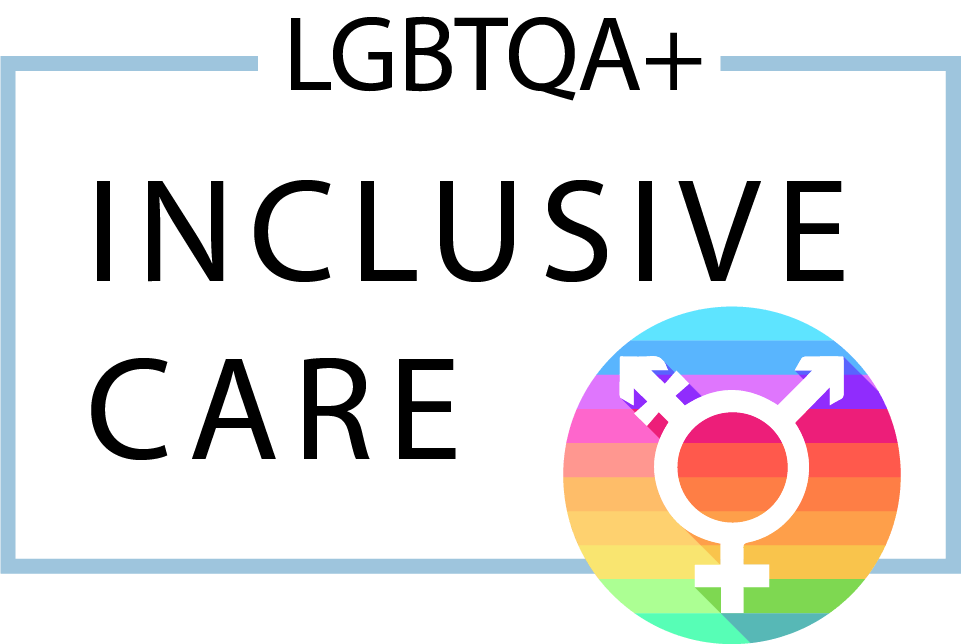
What You Need To Know About Empathy vs. Sympathy
Empathy and sympathy are two words we hear and speak about often. It is common for people to use either word when trying to describe the way they relate to others. The truth is, there are major differences between empathy and sympathy. Depending on the strategy we choose, it can affect our relationships and connections with others. So, why even bother learning about empathy and sympathy? Here at MindWell NYC, and as part of our Daring Way program, we are always looking for ways to improve our connections with others. Because of this, we’d like to dive a little deeper into empathy and sympathy.
What is empathy and what does it look like in practice?
According to Dr. Brené Brown, empathy builds connection and communicates that “you are not alone.” Sometimes when someone shares something difficult or painful, it can drive disconnection. So instead of judging another person for sharing these details, try displaying empathy. In turn, this can bring people closer and communicate the message that you know what it’s like to be in their position.
According to Theresa Wiseman, nursing scholar, there are four attributes of empathy. If we implement these strategies, we can use empathy as a way to build connection with others.
1. Perspective taking. This means trying to see the world through someone else’s eyes. Oftentimes, to engage in perspective taking, we need to ask questions. “Can you tell me what is going on for you right now?” “What feelings are you experiencing?” Perspective taking can also involve you thinking back to past experiences and remembering what you felt like when you were there. If you have never experienced the same situation this person is describing, you can ask yourself “What might this feel like?”
2. Staying out of judgment. This is when you describe things as neither good nor bad. It also includes not shaming others for having the experience they are having. When someone shares something difficult with us, judgmental questions and comments might arise. Some examples would be, “What was your role in making this happen?” or “I don’t know why you are feeling this way about this.” Even if you cannot relate to them, you can acknowledge that you know this is hard but you cannot relate to the experience.
3. Recognizing emotion. When practicing empathy, it is important to look to others to learn from and recognize their emotional experience. What are they feeling? What kind of body language are they using that might clue you into what they are experiencing? Do they appear to be overwhelmed at this time or open to talking? Have you seen this person in a similar state before and can that inform how you might approach them now?
4. Communicate emotion. Once we recognize emotion in another person, it can be helpful to let them know that we are seeing them as well as their experience. Saying things like “I see that you are angry” or “It makes sense that you feel this way” are good examples. Communicating that message in the right way makes all the difference. Telling someone “I know what it’s like to feel sad” (or whatever emotion they’re feeling) shows them you understand their emotions. When this happens, the person dealing with the difficult emotions then feels they’re not alone. You never know how just a few words can change someone’s day (and in this case, hopefully for the better!)
A simple way to practice empathy would be to think about the roles being reversed. How would you like to be treated when you’re telling someone about something emotional or painful? Do you like someone to make physical contact with you, by hugging you or placing a hand on your shoulder? Do you prefer to have space from others and sit with your feelings on your own? Do you like others to just listen when you are sharing something difficult? Once you know these things about yourself, you can communicate what you need from others. As a result, you’re more likely to receive an empathic response that will be helpful for you. You can also encourage other people in your life to think about this and to communicate directly with you about what they need.

What is sympathy and what does it look like in practice?
According to Oxford dictionaries, sympathy is expressing pity or sorrow for someone else’s misfortune. Sympathy tends to drive disconnection. It often makes people feel like there is distance between them and that one person who does not understand their experience. Sympathy communicates that “It must be so difficult to be you right now” and “I am having a hard time seeing how you feel that way.” It says that that you do not necessarily understand where they’re coming from. Taking this approach and communicating things like “I feel so sorry for you” can sometimes make things worse. It can exacerbate discomfort in relationships and lead to increases in shame.
When thinking about improving relationships and connection, we want to turn towards empathy. A great first step is to start incorporating the attributes described by Theresa Wiseman we discussed earlier. Pay attention to your urges to stay away from painful or difficult conversations. Know that they aren’t easy but they are necessary. Also be mindful of your urges to communicate that you feel sorry for someone else or don’t understand how they feel. Once you notice these, you can make more of an effort to use some of the more empathic strategies we discuss here.
For additional information about empathy and sympathy, please see the below video by Dr. Brené Brown.
Interested in learning more about practicing empathy? Check out our program The Daring Way and consider joining one of our groups or participating in individual therapy. In these groups and therapy sessions, you’ll learn invaluable skills like how to increase connection with others and improve relationship skills. Contact us today to learn more about our programs with Dr. Jessica Renz, Certified Daring Way™ Facilitator-Candidate (CDWF-Candidate).
Further information is available at www.thedaringway.com.
If you are seeking counseling in New York City, contact us today to learn more about our services!
Request a Consultation
Fill out the form below to have one of our therapists reach out to discuss consultation services in New York City.
MindWell Psychology Contact Information
Phone: 646.809.5440
Email: intake@mindwellnyc.com





